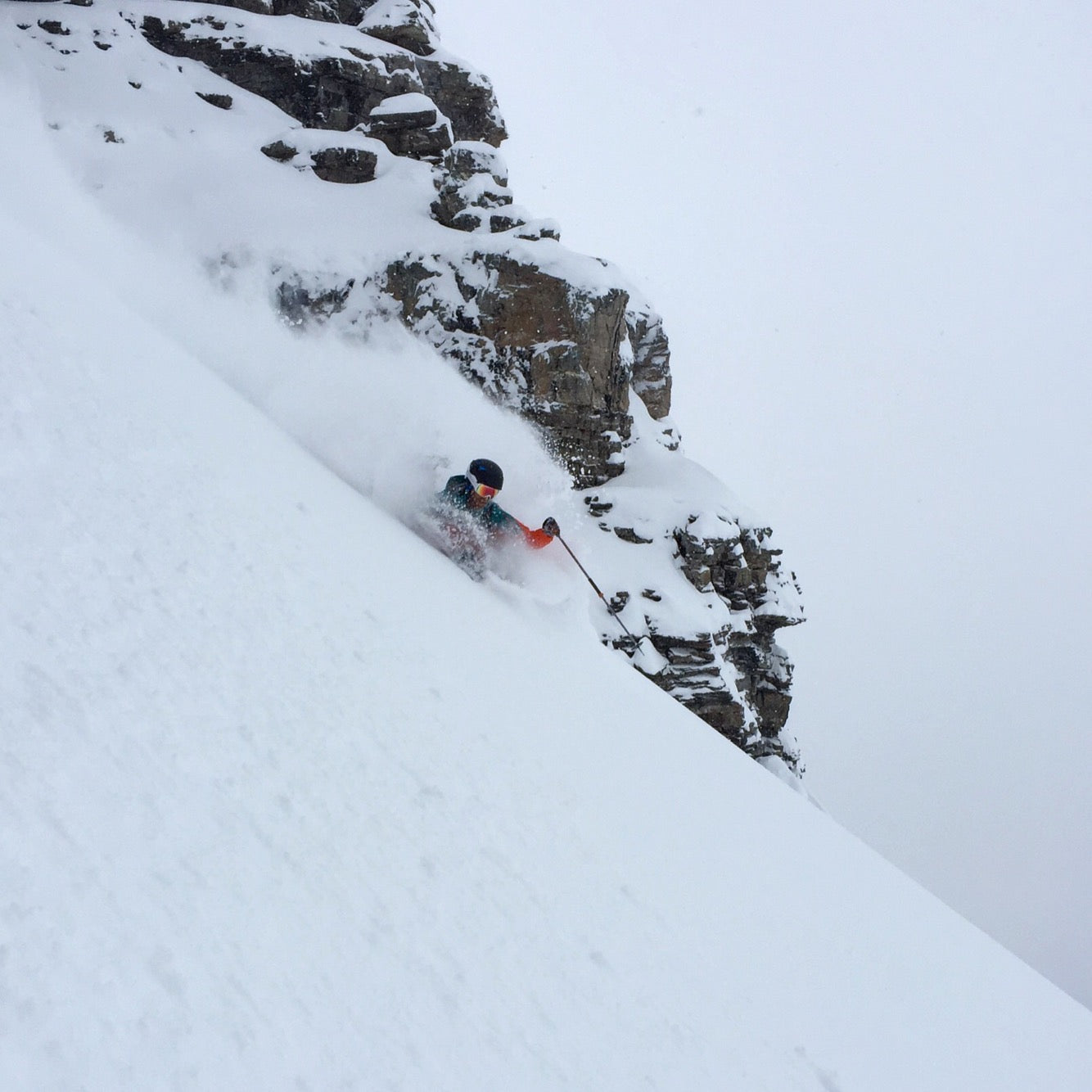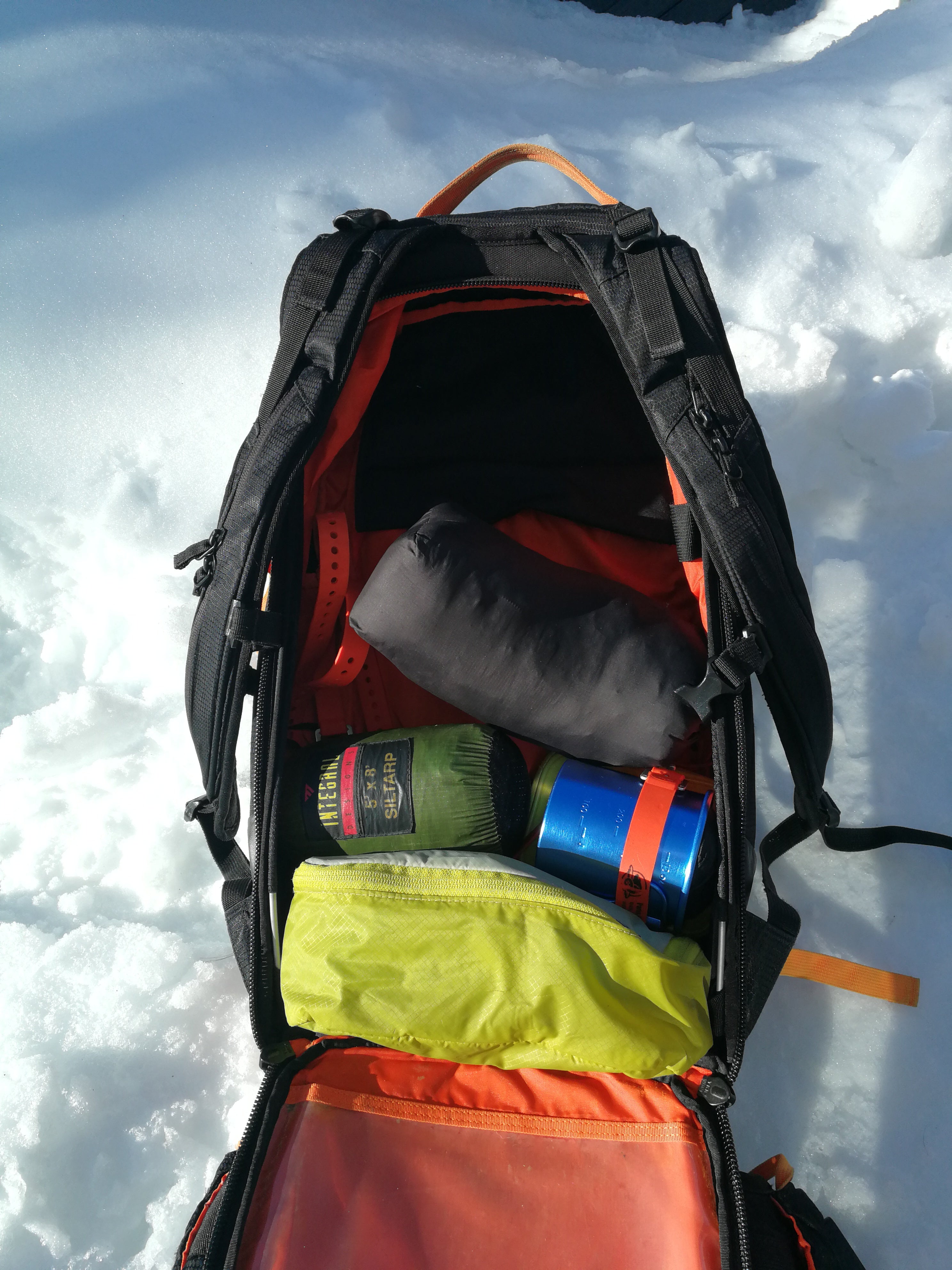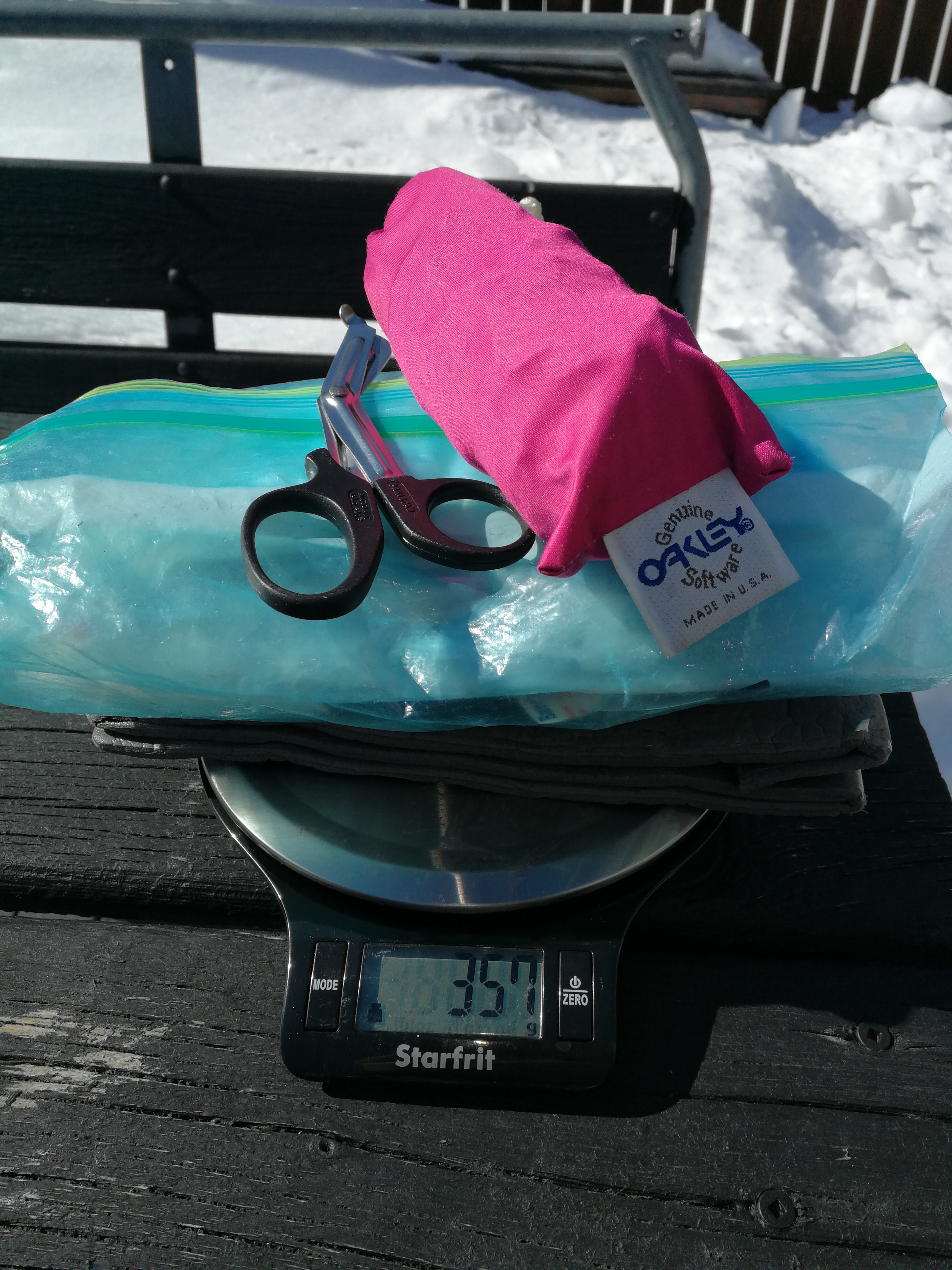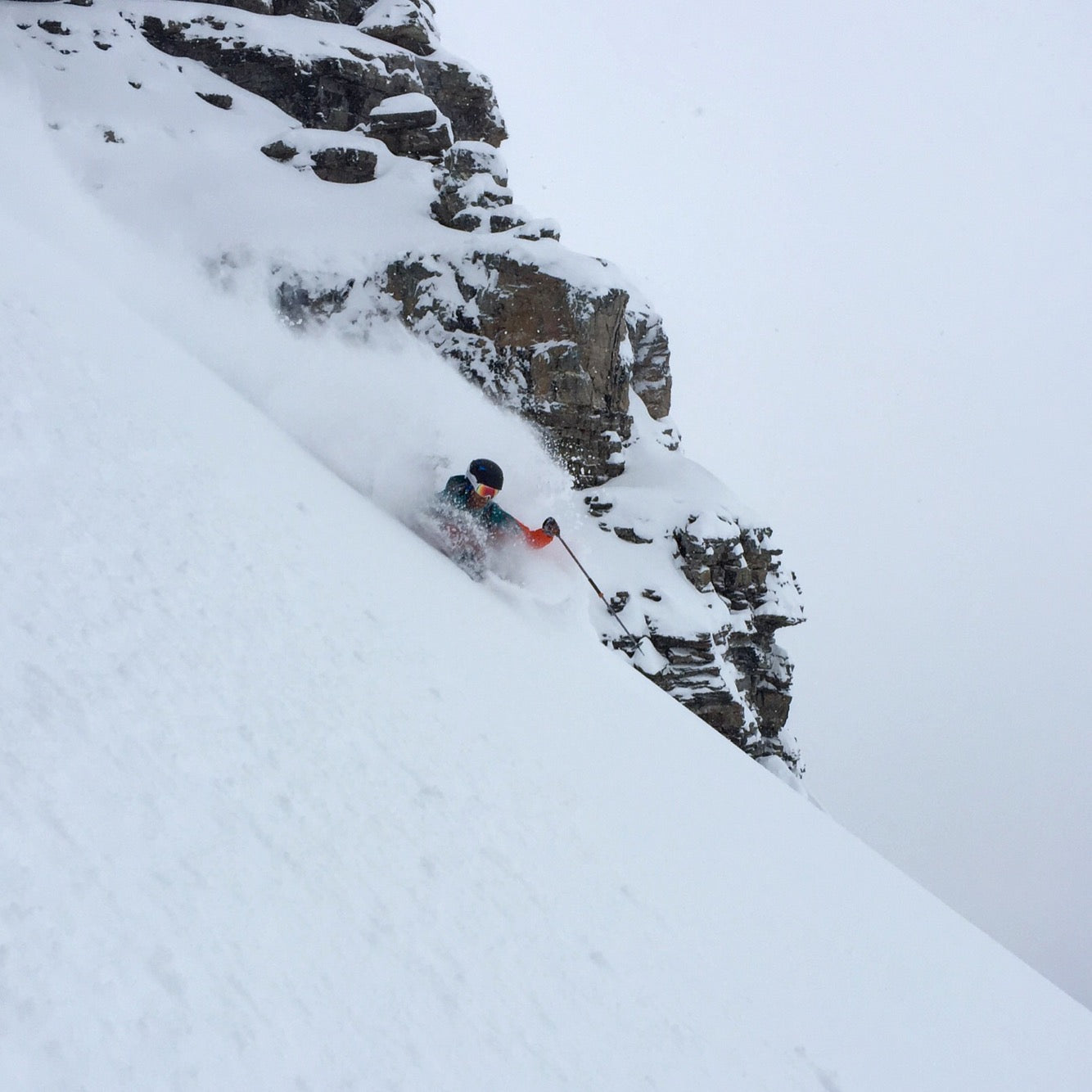Order over $100 and get Free shipping in Canada
Free shipping Across Canada On Orders Over $100

Thanks to Kevin Hjertaas from MTN Guiding for sharing this article and the content of his first aid kit!
“What’s in your pack?” always sparks debate. Here’s what I carry when I’m ski touring recreationally. Weight is always a factor but you only need to carry one first aid kit in the group. After years as a ski patroller, I’ve whittled my kit down to what I like to use and can bear to carry. It’s fairly minimal but I’ll have a much more substantial kit at the hut or in the car.
 The emergency gear I always have in my pack.
The emergency gear I always have in my pack.

My repair, rescue and first aid gear.

The first aid kit laid out.
Let’s start bottom right to left in the photo:
-SAM Splint. Great for splinting extremities (fingers, wrists, forearms, ankles). I’ve also cut this one before to repair a ski pole.
-Drugs. This one is a worm hole and everyone has different levels of first aid/medical training so stick to whatever protocols you need to. I simply carry Ibuprofen and Tylenol. You can switch back and forth between them for extra pain relief.
-Trauma Shears. These are so valuable for repairs and true emergencies because they can cut basically anything.
-This is a small plastic “shield” instead of a real pocket mask for doing CPR. I haven’t practiced with this one but fully expect it to not work as well as a mask. In a professional capacity a real pocket mask is the way to go.
-Latex Gloves. Come in handy for a number of things but if you chose to not carry them expecting to use your ski gloves in an emergency and then throw them out or wash them, it would seem reasonable to me.
Right to left in the middle:
-2 Triangular Bandages. Standard in any first aid kit.
-Tape. Medical tape seems to work better for me in the snow and is just nicer for first aid than duct tape.
-Blister kit. I usually carry Moleskin, thin tape like K Tape and some wipes to clean up the foot.
-Bandaids. Seems like a lot but I run out of them every season and then you look bad!
-Alcohol Swabs for cleaning.
Top row right to left:
-Clotting Agent. Deadly bleeds are one of my biggest fears in the backcountry. This is one crucial option I carry. Not pictured, I also carry a fat, one inch wide ski strap that can work as a tourniquet in a real pinch.
-Circular Bandages. Light weight and can be used as absorbent dressings or to hold other dressings in place when your tape inevitably fails.
-Abdo pad and Non-Adherent Dressings. Again just for bleeding.
Top:
-The Alpine Threadworks Leg Splint weighs next to nothing and is the best way to deal with a blown knee or broken leg in the backcountry. You slide ski poles into it and need to pad it with extra layers, mitts, or anything else you have along. Ski straps hold it in place. I stuff my into a sunglass bag.
Not pictured:
- OPAs or oropharyngeal airways come in different sizes but can be crucial to keep an airway open. If you learned to use them on your first aid course, you should probably be carrying them.
- Personal locator beacons have become standard kit for most backcountry groups and it’s really nice to have a model with two-way communication. I use the Garmin InReach Mini. If you have one with an exposed on/send button, have it in a hard case where it won’t go off accidentally!

My cold kit.
An important part of your first aid planning is what you’ll do about the cold. When someone is hurt and can’t move, they get cold quick! Before you deal with any non-life-threatening injuries do whatever you can to prevent heat loss. Here’s what I carry for that:
-Foam. A simple piece of foam pad slides into the back of most backpacks and weighs nothing. Put it under someone to limit heat loss to the snow.
-Tarp. Wrap them in it ASAP to stop the wind from stealing heat. This is also your emergency toboggan if you need to move someone. This 5x8 foot siltarp is basically the minimum I’ve found to work. You need to practice tying the tarp into knots to then loop cord and pull with out ripping it. You can make it WAY easier by getting an Alpine Threadworks Ski Guide’s Rescue Tarp. They have loops and tie-downs that make it much simpler and more durable!
-Down Mitts. These guys weigh almost nothing and I pull them out for someone a handful of times a season.
-Cup. Fire starter is always in my kit for obvious reasons and this 50g allows me to melt snow for water if we are ever stuck out for long. It also have apres-ski applications…
What do you carry? Let us know in the comments below!
By Kevin Hjertaas, ACMG ski guide

first aid= 357g

{"one"=>"Select 2 or 3 items to compare", "other"=>"{{ count }} of 3 items selected"}